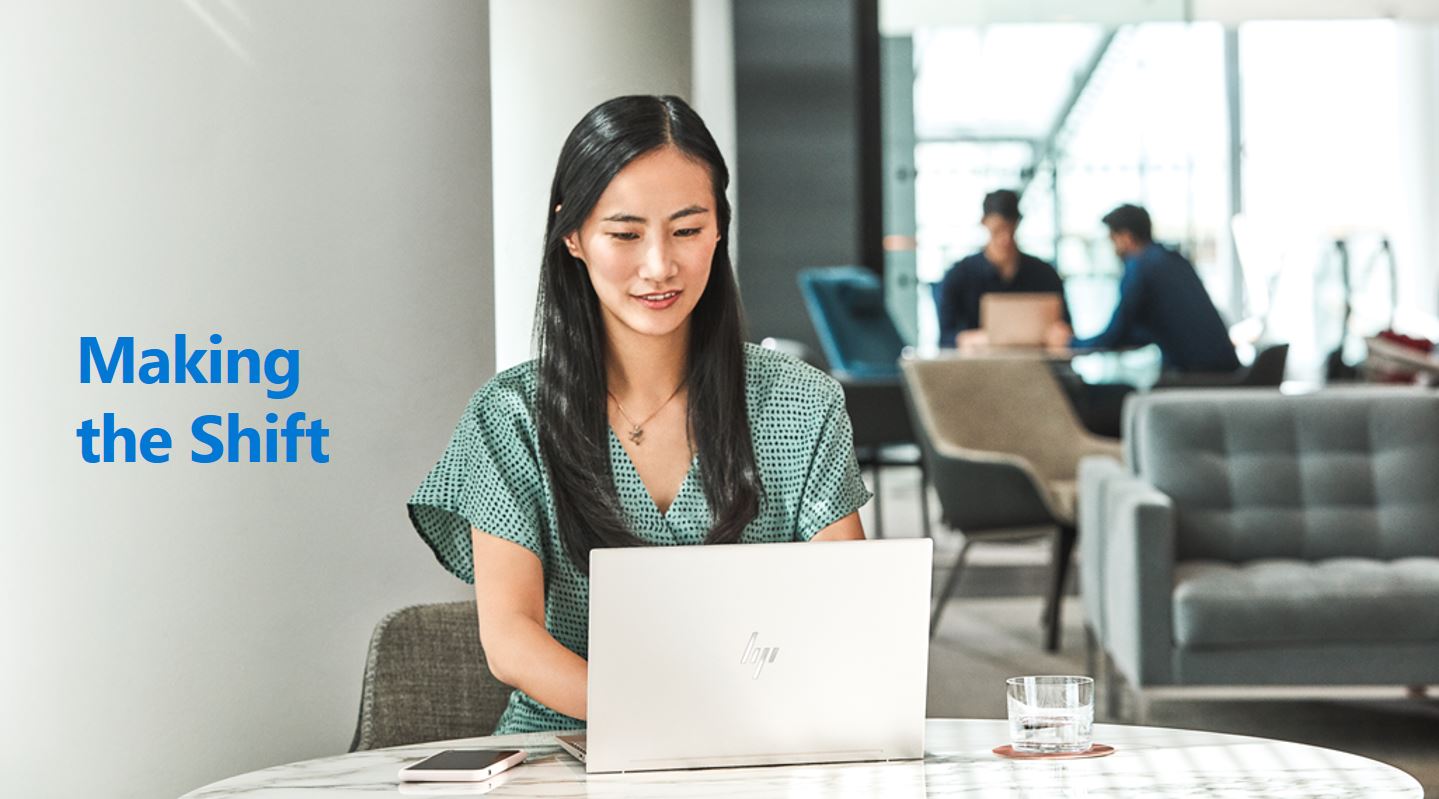New Zealand, 11 October 2018 – Old computers are costing business owners more than NZD$4,000 each (US$2,736) according to a new study released by Microsoft. The research[1] shows that most small and medium businesses (SMBs) could make significant cost savings just by updating their PCs, but that most continue to hang on to older computers.
According to the Pan-Asia SMB PC Study, the optimal age of PCs is no more than four years old, beyond which the cost of repairs and lost productivity makes them cheaper to replace. Older computers are more than twice as likely to experience issues like being slow to boot up, batteries depleting too soon, disk drive crashes causing data losses, application crashes and network connectivity problems. The total cost of owning a PC that is four or more years old is enough to replace it with two or more newer models.
However, 70 per cent of the SMBs surveyed have one of these older PCs. The main reasons cited were that business owners feared new computers would be incompatible with existing internal business applications, believed computers weren’t running crucial business applications or were concerned about cost.
“PCs are the productive engines for most SMBs in Australia and New Zealand, where organisations rely heavily on their devices for their day-to-day tasks. However, the majority of SMBs surveyed have PCs that are older than four years, which significantly increases maintenance costs,” says Bradley Hopkinson, Microsoft Asia’s Vice President, Consumer and Devices Sales.
“With budget constraints being the number one IT challenge among SMBs today, business leaders should seek to adopt a device modernisation strategy so that they can maintain costs, while safeguarding their organisation from newer digital risks.”
Microsoft’s National Technology Officer for New Zealand, Russell Craig, says that while security is a major concern for small and medium business owners, there is less awareness that newer computers are more effective at intercepting viruses, malware and other spyware infections and significantly better at repelling security breaches.
67 per cent of SMB businesses studied had experienced security issues or data theft breaches in the past year.
“Regularly updating PCs and hardware can greatly help businesses combat security challenges as well as boosting performance of business applications. Security isn’t just a software issue – newer PC hardware incorporates modern security architectures and features that simply don’t exist in older machines,” Craig says. “Every business, no matter what size, should take the security advantage of newer PCs seriously. It is far cheaper than dealing with the aftermath of a security breach.”
While SMBs with PCs more than four years old did identify the need to purchase new ones in the next 12 months, they are not intending to replace all their older models. Just 24 per cent of ageing PCs are likely to be replaced in the next year.
Not only are the older PCs causing problems, more than 40 per cent of PCs are still using older versions of Windows such as XP, Vista, Windows 7 or Windows 8, despite the first two operating systems no longer receiving security updates and technical assistance. The withdrawal of support for Windows 7 has been announced for 14 January 2020 as Microsoft focuses on newer technologies and innovations.
The good news is that there is growing demand for PC as a Service (PCaaS) or leasing PCs and software. Among businesses with more than 50 staff, around half are planning to adopt PCaaS to reduce the amount of IT support they need and acquire the latest tech faster.
Hiring rather than owning PCs also allows businesses to transfer infrastructure costs from CAPEX to OPEX, freeing up capital for other investments. Along with the popular Windows as a Service, Microsoft predicts even more SMBs will adopt the PCaaS model, bringing with it enhanced business security and functionality and the ability to scale infrastructure up or down as needed.
“What the research shows is the need for even the smallest businesses to refresh their PCs at least every four years or adopt a PCaaS model, to help protect their businesses from security breaches and to ensure their productivity and ongoing costs are kept at their optimal level. I encourage businesses to think of this as like buying insurance that also delivers increased business performance,” says Craig.
Key Pan-Asia research takeaways:
- The optimal age of PCs is no older than 4 years, beyond which they are more expensive to maintain than replace
- A PC which is 4+ years old is 2.7 times more likely to be repaired, resulting in 112 hours of productive time lost
- The total cost of owning a 4+ year old PC is US$2,736 or approx. NZD$4,000, enough to replace with two or more newer PCs
- 70% of SMBs across the Asia-Pacific region have PCs which are 4 years or older
- 42% of PCs are using older versions of Windows (up to Windows 8)
About Microsoft
Microsoft (Nasdaq “MSFT” @microsoft) enables digital transformation for the era of an intelligent cloud and an intelligent edge. Its mission is to empower every person and every organisation on the planet to achieve more.
For more information, please contact:
Andrea Jutson
Acumen Republic, on behalf of Microsoft NZ
Phone: 09 354 0562 or 021 0843 0782
Email: [email protected]
[1] Pan-Asia SMB PC Study – Techaisle, on behalf of Microsoft (August 2018).

